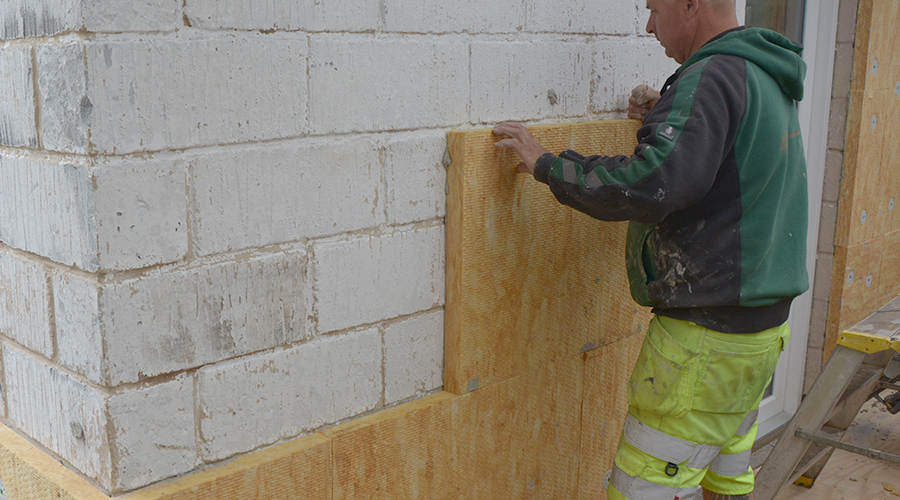Development making masonry more appealing as a profession
With a tile adhesive being central to any tiler’s work, the availability (since the spring) of a reduced CO2 and Nordic Swan label (Alfix ProFix Plus) is most certainly of relevance to teachers and trainers in the field, as well as masonry apprentices; familiarity with the product and including it in the training thus make sense too. Pia Skjøtt-Larsen, a training consultant from ‘Byggeriets Uddannelser’, the Advisory Board for Education and Training for the Building and Construction Industry, is happy to see this development: “When suppliers create something sustainable, it piques our interest. We’re always happy when things go that way.”
In today’s masonry training, the topic of sustainability is covered as part of ‘construction and working environment’, but in future it is going to be a separate subject. “Focusing on making all aspects of professional masonry ‘green’ will help to make the training more appealing, attracting a greater variety of people to the profession. We are working towards more diversity and sustainability in the profession, and those two things go together,” Pia tells us.
Inspiration from Alfix’s side
Which specific initiatives make the biggest difference to the green transition? What materials and systems are most sustainable? How do we approach the documentation and new climate requirements? The answers to these types of questions can provide some inspiration - and in fact some answers were given by Mikael B. Noe, technical project manager at Alfix, during this summer’s seminar. Read on for a selection of them:
Which specific initiatives make the biggest difference?
“Product development, including selection of raw materials, is a considerable focus, because production of raw materials accounts for the vast majority of Alfix’s CO2 footprint. Typically this falls into three groups of raw materials: aggregate, cement and additives. If we take aggregate as our example, there are three areas that make a difference: 1) replacement of aggregate with light fillers to some degree, 2) the energy used to produce light fillers and 3) sourcing of additives locally,” Mikael B. Noe tells us.
When, for example, Alfix is selecting additives for a product, there will be a focus on getting a certain quality that will mean low CO2 emissions. As Mikael points out: “CO2 emissions are an important part of sustainability with regard to environment, but other conditions also have a major part to play, i.e. characteristics of the three pillars of ESG, i.e. environmental, social, and corporate governance, which have to be taken into consideration in sustainability. Ensuring high quality and thereby achieving sustainability and less damage/fewer complaints makes sense for the environmental agenda, but also makes sense financially for the party in question. At the end of the day, improving the working environment is always something we bear in mind when we are developing new Alfix products. This might mean simplifying processing, a greater spreading capacity per kg in the bag and therefore fewer kg in the bag to be hauled around... ...it might also mean reducing dust. Increased spreading capacity and dust reduction are two advantages of our new ProFix Plus tile adhesive.”
How do we approach the new climate requirements?
New climate requirements are going to come into force in building regs from January 2023. This means that climate calculations will have to be produced, in the form of LCA (life cycle analysis) calculations, for new building work. As the industry readies itself for this, one of the things we here at Alfix are focused on is improving our knowledge of how the new requirements will affect masons. What, therefore, does the mason need to be aware of and put into practice?
We have broken the new requirements for reduced CO2 emissions from new construction down and concluded that the most important role of the mason to begin with, from 2023 onwards, will be to pass on EPDs (environmental product declarations) for the products used in work, together with information about quantities. The EPDs form the basis for LCA calculations, and the EPDs that accompany the products provide the most precise calculation (although industry-specific data can also be used). As a supplier, Alfix has the important task not only of making sure that the products have an EPD, but also of making it readily available (e.g. from the Byggebasen database or the Alfix website).

